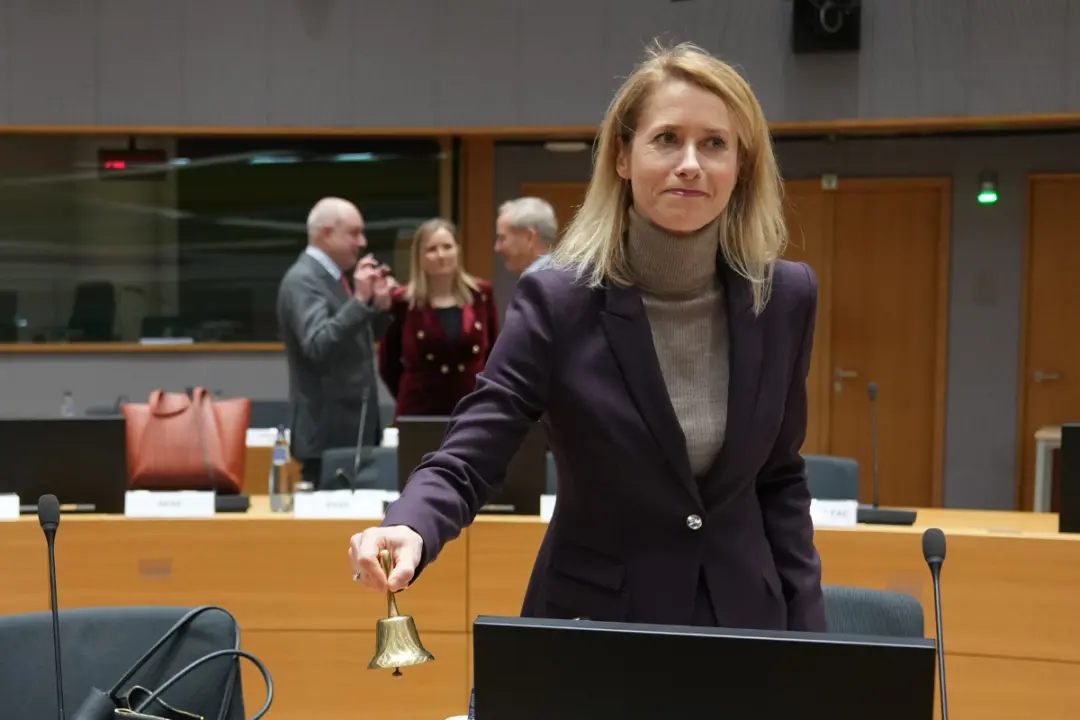A shrinking young population converging with declining interest in university could leave higher education (HE) in England facing “serious problems” if enrolments fall, a think tank has said.
However, the report said that the relationship between demand and population is not linear, with data showing that from 2010 to 2020, as the 18-year-old population declined, young entrants to university increased. HEPI said this could have been owing to government enabling HE expansion, institutions stimulating demand, and the desire of young people to go to university.
But HEPI said that in the last two admissions rounds (2023 and 2024), the increase in participation has stalled, pointing to a fall in interest in higher education.
“Prospects for student numbers in the future look highly uncertain. If there is no improvement in participation then demand will reduce after 2030, implying a very bleak outlook for many universities,” the report said.
The report author, Bahram Bekhradnia, suggested in a statement that if participation continues to drop and universities are dependent entirely on demographics, top universities might lower tariffs to attract more pupils, which would see demand fall at less prestigious institutions.
Increasing Participation
The report said that there were substantial increases in enrolment in 2021 and 2022 which were “very likely related to the uncertain environment created by the COVID-19 pandemic” and that 2023 and 2024 cycles’ downturn could merely be a “blip” rather than a trend.However, if it is not a blip and universities become reliant on demographics for home students, universities might have to look at current underserved populations.
The report said increasing participation among men could help with falling numbers, but noted that lower male participation is a global trend and the UK already is performing better than other countries at encouraging men to go to university.
Increasing the number of young people from disadvantaged backgrounds could also fill the gap, but participation rates among that group has also stalled.
‘Hostile’ Environment
The report discounted price as a reason for the decline, as the real-terms cost of tuition fees has reduced as home student fees have remained at £9,250 since 2017, and suggested that it maybe a residual impact of the pandemic.Bekhradnia also said it may be because of a “hostile environment” fomented by the last Conservative government.
“The extraordinary language and hostility displayed towards universities might well have created an atmosphere where potential students who might otherwise have gone to university – and their parents – become sceptical about the value of doing so,” the report said.
Financial Pressures
Universities are already facing financial pressures, with experts saying that closures and mergers could become common in the future.A Department for Education spokesperson cited this refocusing of the OfS in its response to HEPI’s report, saying that the watchdog’s role will help ensure “universities secure their financial health in the longer term.”
A Universities UK (UUK) spokesperson said that demand for university remains strong and the downturn in home student numbers is “partly a reflection of normalisation after a significant COVID uplift.”
“However, universities must also respond to student demand, and changing demographics can be a catalyst for developing the Lifelong Learning Entitlement, which could potentially play a powerful role in supporting mature students acquire the high level skills the country needs,” UUK added.
A spokesman for the Russell Group also addressed claims that top universities would lower their entrance requirements, saying higher-tariff institutions are “typically more selective in making offers” and their admissions teams maintain standards to ensure consistently high outcomes for their graduates.







